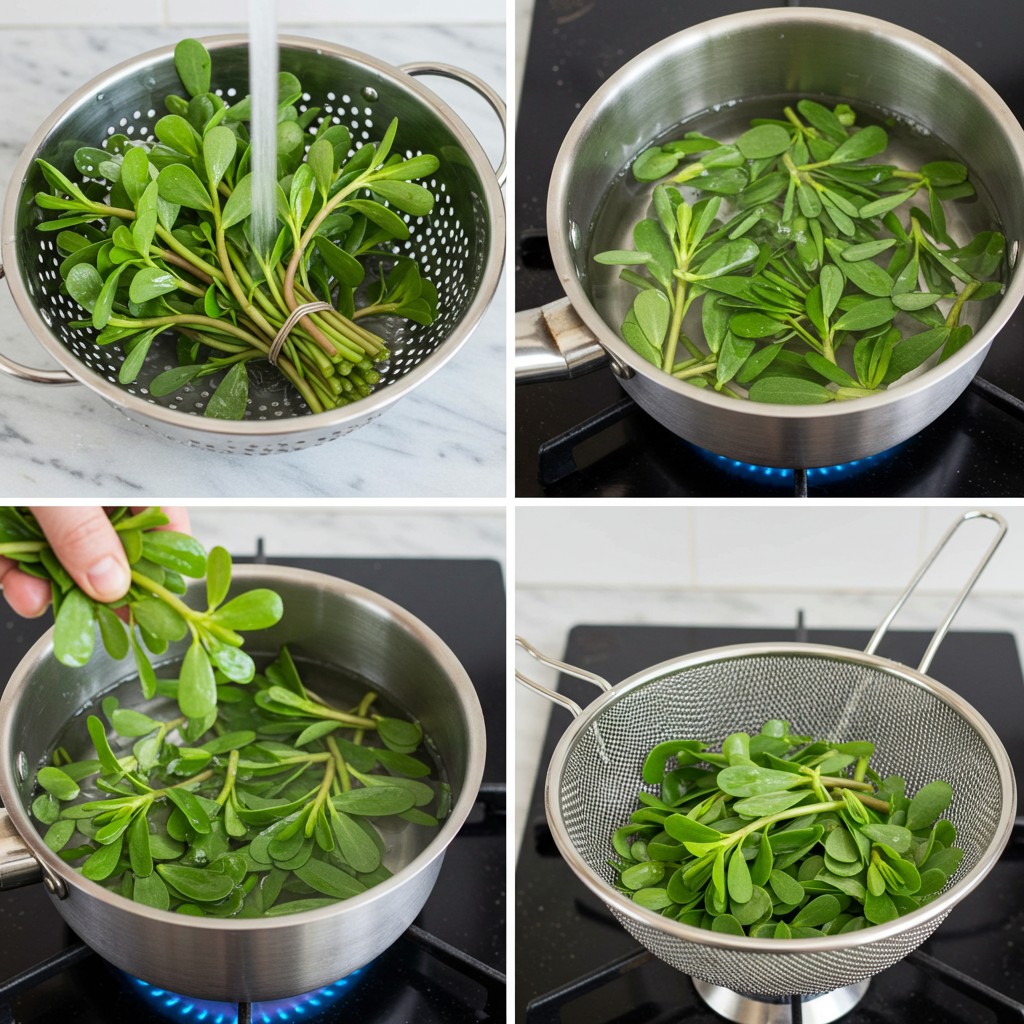ADVERTISEMENT
### **6. It Can Help Manage Blood Sugar Levels**
For individuals with **diabetes** or those at risk of developing the condition, purslane may offer some benefits in managing blood sugar levels. Several studies have shown that purslane has the potential to lower blood sugar levels and improve insulin sensitivity. This may be due to its high fiber content, which can help regulate blood sugar spikes after meals, as well as its ability to improve lipid profiles.
Incorporating purslane into your diet may help manage blood sugar levels more effectively, reducing the risk of developing diabetes and improving overall metabolic health. However, it is essential to consult with a healthcare provider before making any changes to your diet, especially if you have diabetes.
—
### **7. Purslane Is Easy to Grow and Harvest**
Purslane is a hardy, low-maintenance plant that’s easy to grow and harvest. In fact, it can grow in a variety of conditions, including poor soil, drought-prone areas, and even cracks in the pavement. This makes purslane a great option for gardeners looking for a resilient and versatile plant that can thrive without a lot of attention.
Unlike many other vegetables, purslane can be grown in a wide range of climates, making it an accessible food source for people living in both urban and rural areas. It can also be harvested easily, as it’s a fast-growing plant that will continue to produce new leaves throughout the growing season.
—
### **8. Purslane Is Versatile and Delicious**
Purslane is not only nutritious and healthy, but it’s also incredibly **versatile in the kitchen**. You can use purslane in a wide variety of dishes, both raw and cooked. Here are some ideas for incorporating purslane into your meals:
– **Salads**: Fresh purslane leaves can be added to salads for a crunchy, tangy element. They pair well with other leafy greens like spinach and arugula.
– **Smoothies**: Add purslane to your morning smoothie for a boost of vitamins and antioxidants. It blends well with fruits like berries, mango, and bananas.
– **Soups and Stews**: Add purslane to soups and stews as a leafy green, similar to spinach or kale. It holds up well in hot dishes and adds a pleasant, slightly sour flavor.
– **Stir-fries**: Purslane can be quickly sautéed with garlic, onions, and other vegetables for a quick and nutritious side dish.
– **Tacos and Wraps**: Use purslane as a filling for tacos, wraps, or sandwiches to add crunch and flavor.
Purslane’s mild, tangy flavor and tender texture make it a fantastic addition to many different recipes. Whether you’re using it in salads, soups, or as a garnish, purslane is a versatile and tasty herb that can enhance any meal.
—
### **Conclusion**
Purslane is far more than just a pesky weed in your garden. It’s a nutrient-packed superfood that can boost your health, improve digestion, support heart health, and even manage blood sugar levels. With its antioxidant properties, anti-inflammatory effects, and culinary versatility, purslane is a plant that should be embraced and used instead of discarded.
So the next time you find purslane growing in your garden or yard, don’t pull it out—**harvest it** and add it to your meals. Whether you enjoy it raw in salads, cooked in stews, or blended into smoothies, purslane is a plant that deserves a place in your kitchen and your health routine. With its many health benefits and delicious flavor, purslane is truly a gift from nature that shouldn’t be overlooked.
